Why Pirelli Says Downforce Simulations Don’t Reveal F1’s 2026 Competitive Order
Bukemersanacokyakisir – As Formula 1 shifts its attention toward the 2026 regulation era, fans and analysts have been quick to interpret early downforce simulations as signs of who will dominate the grid. However, Pirelli insists these numbers don’t reflect the true competitive order. Although simulations offer a theoretical glimpse of how new cars might behave, they remain estimates built on assumptions rather than proven performance. Moreover, teams are still exploring interpretations of the 2026 chassis and aero rules, making every projection provisional at best. To me, the most compelling part of this conversation is how it highlights the gap between digital modeling and track reality a gap F1 engineers constantly battle.
“Read also: Egypt’s New 155mph Desert-Proof Trains Mark a Historic Leap Forward“
How Varying Predictions Created Confusion Across the Paddock
When Pirelli received the first round of downforce simulations, the differences between teams were surprisingly wide. Some predicted strong rear loads, others anticipated lighter aero profiles, and brake disc sizing estimates varied dramatically as well. These disparities fueled speculation about who had found an early advantage. Yet according to Pirelli’s Mario Isola, the inconsistencies simply show how difficult it is to predict performance this early. Because rulebooks always contain grey areas, teams naturally explore different design philosophies, which in turn produce wildly different projections. Consequently, these predictions reveal uncertainty not dominance.
Why Pirelli Treats Downforce Simulations with Caution
Although Pirelli relies on data from teams to engineer its 2026 tyres, the supplier understands the limitations of these early numbers. Therefore, Pirelli begins development using the highest projected loads a safety-first approach to ensure tyre integrity across the season. Only later do they refine compounds once new rounds of simulations become more aligned. As Isola explains, tyres must withstand the maximum forces expected at season’s end, not just the early projections. This philosophy makes sense to me, especially in a sport defined by mid-season upgrades and rapidly shifting performance trends.
Why Higher Downforce Doesn’t Guarantee Faster Lap Times
One reason downforce simulations can be misleading is the assumption that more load equals more speed. In reality, Formula 1 performance hinges on a delicate balance between lift and drag. A car with massive downforce but excessive drag might outperform rivals in corners yet lose time on straights. Additionally, cooling demands, power-unit deployment, weight distribution, and tyre temperatures all influence lap time. This is why Isola laughs at articles claiming they can already predict the 2026 champion: downforce is just one variable in a far more complex equation.
Why 2026 Regulations Increase the Uncertainty Even Further
Because the 2026 rulebook introduces both new power-unit specifications and new chassis regulations, teams face more unknowns than usual. The power units will deliver different torque curves, energy deployment patterns, and aerodynamic wake behaviors. These changes influence how teams approach aero development and thus shape their downforce simulations. Historically, teams become more accurate only after months of tunnel testing, CFD refinement, and iterative design. The early numbers simply reflect the exploratory stage of development not a competitive hierarchy.
“Read more: Changing Winds in Week 11: Injuries, Upsets, and a Historic NFL Debut in Spain“
Pirelli’s Strategy for Developing 2026 Tyre Compounds
To adapt to this uncertainty, Pirelli begins its tyre program with a baseline compound 2026’s C3 before expanding outward. By widening the performance gaps between compounds, Pirelli gives itself greater flexibility when selecting tyres for each grand prix. This approach mirrors the transition to 18-inch tyres, when early simulations were equally varied but later converged. In my view, Pirelli’s method shows a deep understanding of how development cycles evolve and how unpredictable engineering innovations can be during regulation resets.
Why Simulations Matter, Even When They Don’t Predict the Grid
Even though downforce simulations cannot reveal who will be fastest next year, they still play a crucial role. They help Pirelli anticipate load ranges, guide early structural design, and ensure the tyres will remain safe even as teams unlock more performance. Moreover, simulations give engineers a foundation from which to iterate, refine, and challenge their own assumptions. In the world of F1, development is never linear, and simulations remain an early compass not a final map.
The Real Competitive Order Will Be Written on the Track
Ultimately, Pirelli’s message is clear: the true 2026 pecking order cannot be predicted until cars turn laps on track. Innovation, upgrades, wind-tunnel gains, and power-unit behavior will define performance far more than early projections. As someone who loves following the technical side of F1, I find this uncertainty thrilling. It reminds me that behind every simulation lies human intuition, engineering creativity, and a relentless pursuit of speed. And only when cars hit the track will we learn which philosophy proves right.
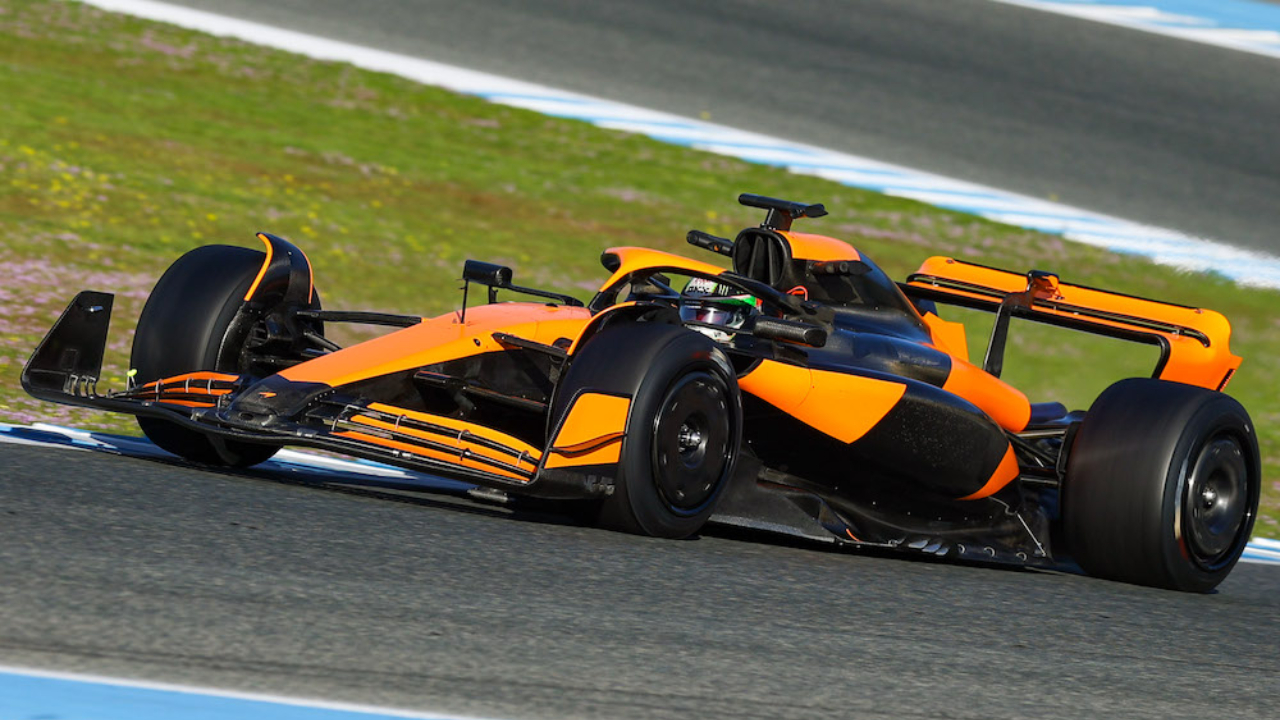
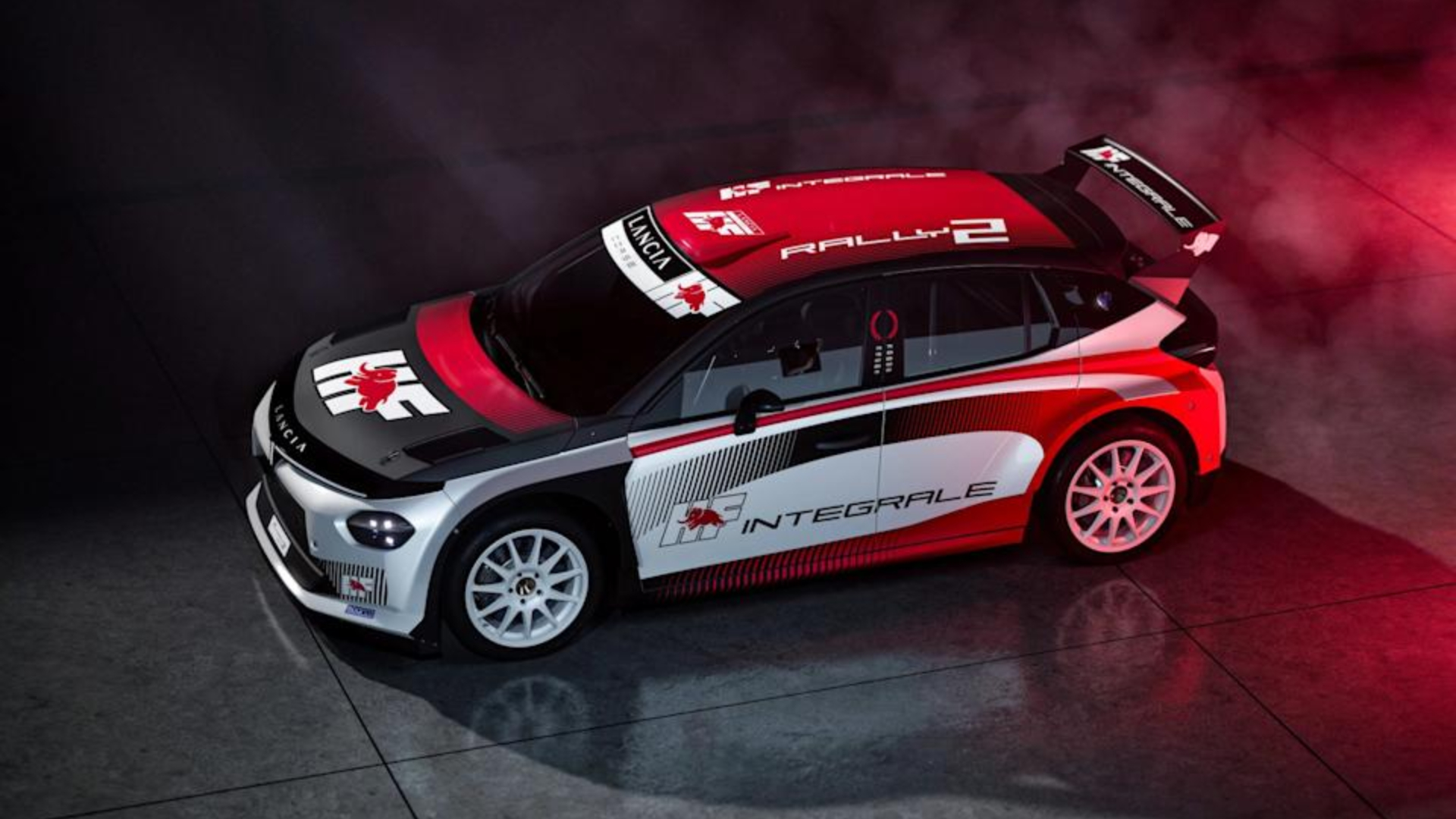


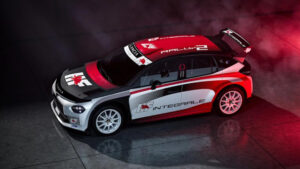
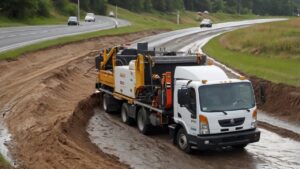
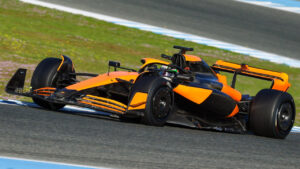




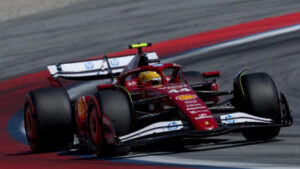

Post Comment